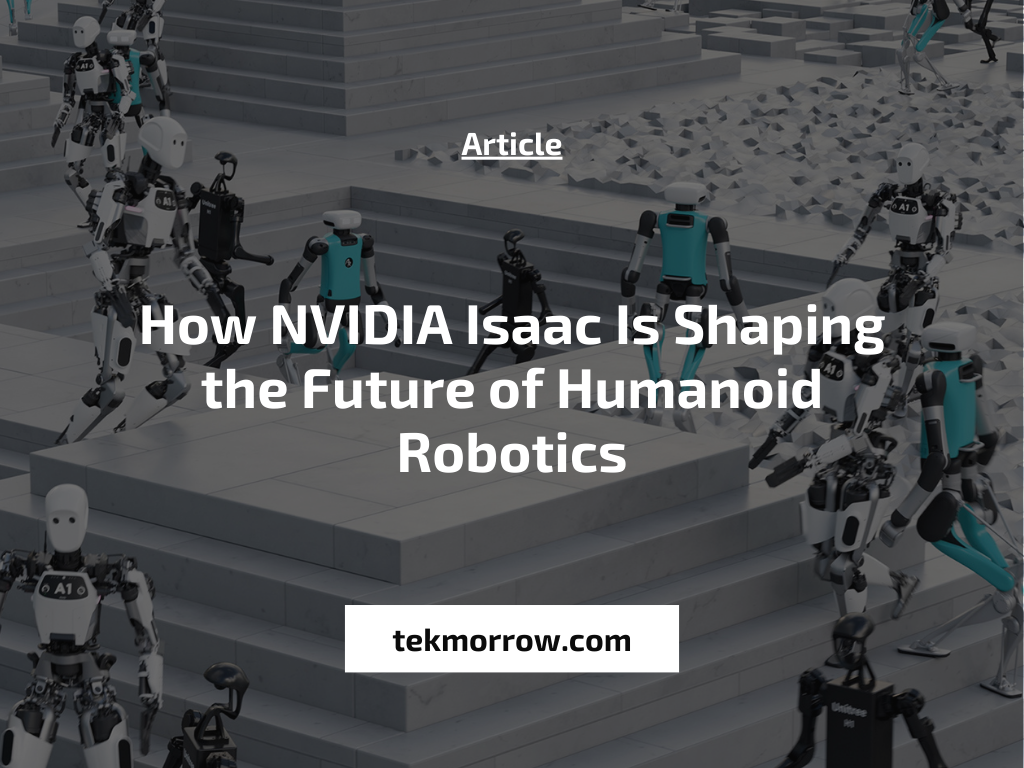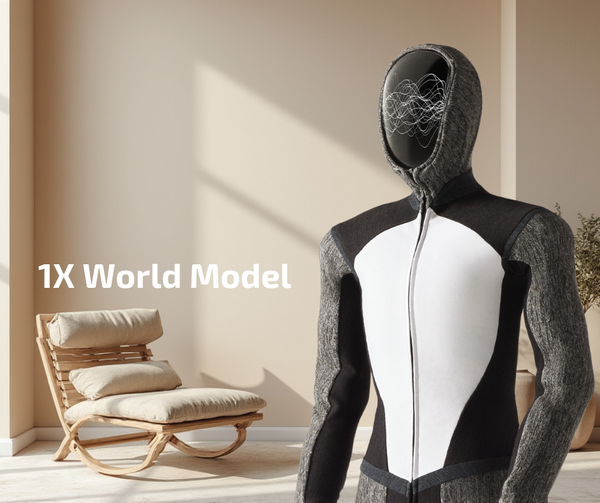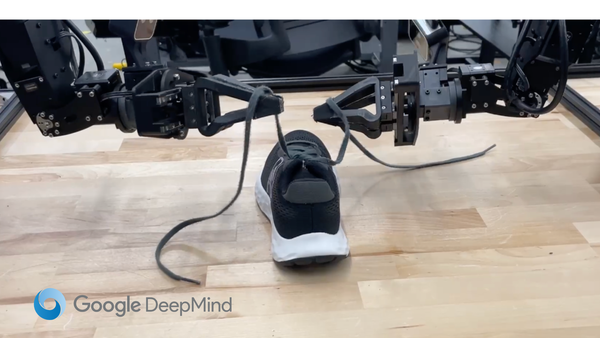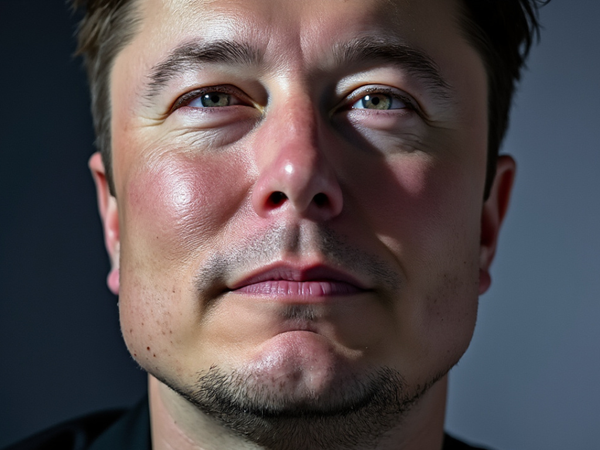How NVIDIA Isaac Is Shaping the Future of Humanoid Robotics
Get the latest insights on NVIDIA Isaac. Learn how the toolbox will shape the future of robotics.

Robotics and artificial intelligence are redefining the future. At the heart of this transformation is NVIDIA’s Isaac platform. It is a toolset that goes beyond building robots. A toolset that’s pioneering a shift in how we operate, learn, and innovate.
Everything Is Going to Be Robotic
Jensen Huang, NVIDIA’s CEO, “Everything is going to be robotic. All of the factories will be robotic. The factories will orchestrate robots,” said Huang, during an NTU keynote. His vision is clear: to create a platform that would foster the development of robotics and accelerate it to unprecedented levels.
This comes to life through Isaac, named symbolically after Isaac Newton, to reflect the innovation it aimed to bring to the physics of the real and virtual worlds.
NVIDIA Isaac Is a Toolbox for the Future
At its core, NVIDIA Isaac is a platform that equips developers with the tools to build sophisticated AI-powered robots. It blends NVIDIA’s cutting-edge GPUs with deep learning and virtual simulation technologies, offering capabilities like the Isaac SIM—a virtual environment where robots can learn and evolve before ever touching a physical space.
The significance of such technology is profound. In a world where the demand for precision and efficiency is ever-increasing, Isaac allows for the meticulous testing and enhancement of robotic systems under various conditions without the constraints of the physical world.

NVIDIA Isaac Is Transforming Industries
Isaac's application spans multiple sectors. In manufacturing, robots equipped with NVIDIA's technology are learning to navigate complex environments, making production lines more efficient and safer. Siemens, a global powerhouse in industrial automation, has integrated Isaac into its systems to refine the capabilities of its robots in real-time.
"AI-powered robots are transforming the industry by taking over repetitive tasks, freeing up human creativity for more complex challenges," says Roland Busch, CEO of Siemens in a press release.
This sentiment is echoed across other industries, including agriculture and healthcare, where robots are beginning to handle tasks ranging from crop monitoring to assisting in surgeries, enhancing both productivity and precision.
NVIDIA’s Isaac Is Bridging Man and Machine
Beyond the technical capabilities, Isaac also focuses on the human aspect of robotics. The platform’s ability to simulate real-world interactions in a virtual space allows for unique training—where humans and robots learn to coexist and collaborate effectively.
This is not just about replacing human effort but augmenting it, ensuring that robots can work alongside humans seamlessly, enhancing safety and efficiency.
Navigating a Competitive Landscape Through Coopetition
NVIDIA Isaac significantly distinguishes itself in the robotics market but is part of a complex, evolving ecosystem often characterized by "coopetition" — a blend of competition and collaboration. As the field of robotics development platforms grows and diversifies, companies are increasingly overlapping in their efforts to advance robotics technology.
Development platforms like ROS (Robot Operating System) play a crucial role in the ecosystem by providing essential tools and libraries for robotics development. The widespread adoption of ROS across academia and research complements NVIDIA Isaac, especially since Isaac’s integration with ROS leverages NVIDIA’s GPU-accelerated libraries and AI tools to enhance its capabilities.

Platforms like AWS RoboMaker extend ROS with cloud-based services to build, test, and deploy robotics applications, highlighting the importance of cloud integration and scalability in the modern robotics landscape.
These platforms demonstrate the dynamic interplay between new and established technology providers, where competition and collaboration coexist to drive the sector forward.
The robotics landscape is dynamic, with players focusing on niche areas like vision systems, manipulation, and autonomous navigation—areas where NVIDIA Isaac also excels.
This complex interplay of coopetition not only drives technological advancement but also fosters a community that leverages these innovations to collectively push the boundaries of robotics across various industries.
The Road Forward with NVIDIA Isaac
As NVIDIA continues to evolve Isaac, the potential for future applications appears limitless. The platform is set to redefine not just how robots are developed but also how they integrate into the very fabric of society.
With each update and enhancement, Isaac is helping to shape a world where robotic assistance is not just a tool but a partner in human endeavor.
Reflecting on Isaac's journey, Huang’s vision is clear: "We’re not just creating robots; we’re creating a future where technology and humanity converge for a better world."



